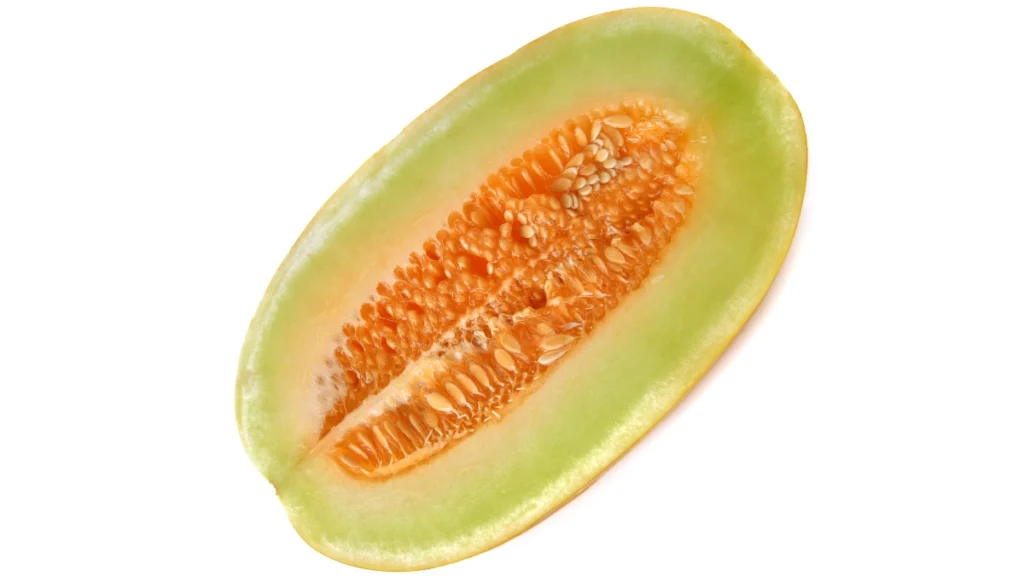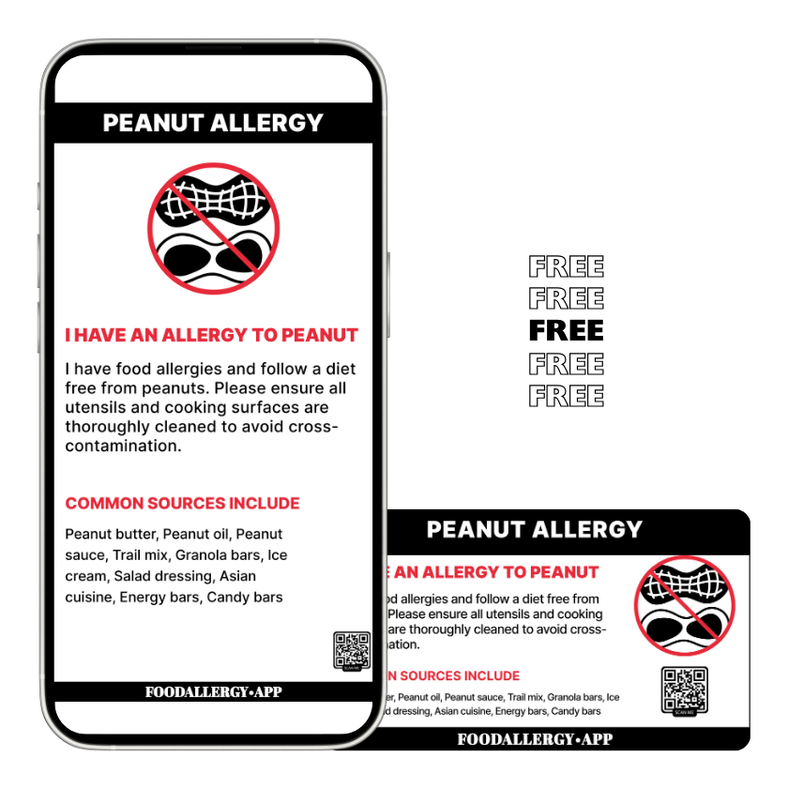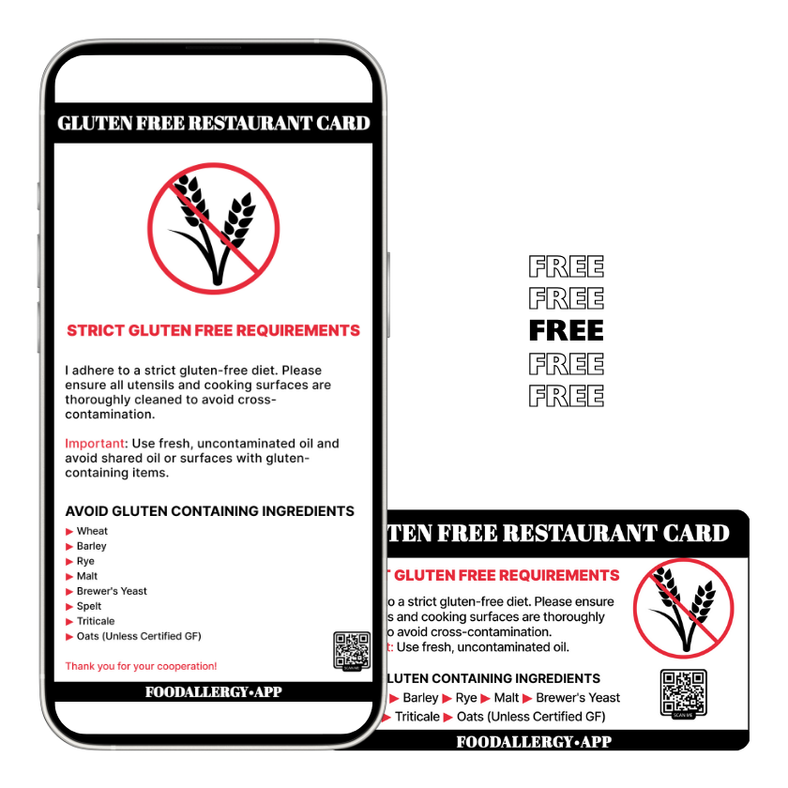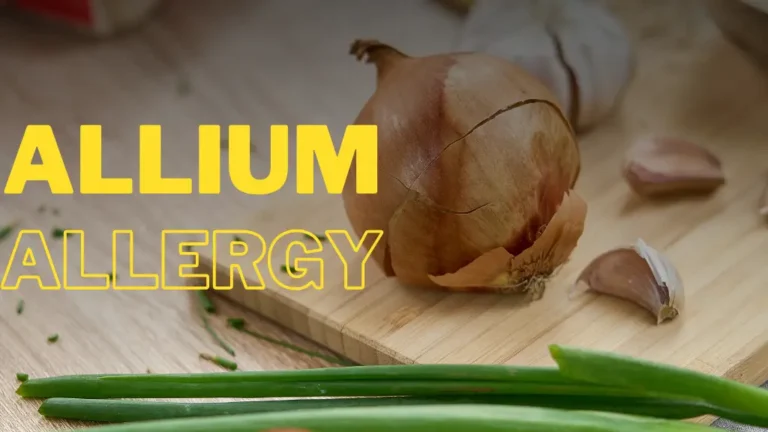Cucumber allergy: What you need to know
Food allergies have a major impact on human health. Adverse reactions to certain foods affect a large percentage of people worldwide. Among the variety of known food allergies, one of the lesser-known but increasingly recognized conditions is cucumber allergy.
Allergy to Cucumber: Is it real?
Allergic reactions can be provoked by an array of foods and substances, and cucumbers are no exception. Some individuals may experience adverse reactions when they come into contact with or consume cucumbers. At its core, cucumber allergy is linked to a plant allergen identified as Cuc m 3, which is also found in muskmelon (Sinha et al., 2014).

Prevalence: Is cucumber allergy common?
The prevalence of cucumber allergy is not well-documented in the literature. However, studies have reported allergic reactions to cucumber in the context of oral allergy syndrome (OAS) and cross-reactivity with other fruits and vegetables.
In a study on food allergy knowledge, the prevalence of food allergy among respondents was 19.7%, and cucumber was reported as one of the allergenic foods (Choi et al., 2015).
Another study on pollen-food allergy syndrome found that allergic cross-reactions involving cucumber were observed in children with IgE sensitization to profilin (Asero et al., 2015).
Additionally, a hospital-based survey on food allergy reported cucumbers as a major cause of food allergy in the population of Kolkata, India (Dey et al., 2014).
It is important to note that cucumber allergy can occur independently or as part of OAS, and its prevalence may vary depending on geographical location and individual susceptibility.
Further research is needed to determine the exact prevalence of cucumber allergy.
Allergic to Cucumber: Unraveling the Common Allergenicity
The interesting fact about Cuc m 3 is its resemblance to certain allergens found in other plants like grapes and even other cucumbers, a phenomenon known as ‘sequence identity’. This overlapping characteristic indicates shared allergenicity among these plants, a factor that adds complexity to allergy diagnosis and management (Sinha et al., 2014).
Cucumber Allergy Symptoms
Symptoms of cucumber allergy can vary from mild to severe and may include:
1. Urticaria (hives): This is one of the most common symptoms reported in individuals with cucumber allergy (Choi et al., 2015).
2. Itching: Itchy skin or itching sensation in the mouth, throat, or ears may occur (Choi et al., 2015).
3. Vomiting and nausea: Some individuals may experience gastrointestinal symptoms such as vomiting and nausea (Choi et al., 2015).
4. Oral allergy syndrome (OAS): OAS is a condition where individuals with pollen allergies experience cross-reactivity with certain fruits and vegetables. In the case of cucumber allergy, OAS symptoms may include itching or tingling in the mouth, lips, or throat (Muluk & Cingi, 2018).
5. Anaphylaxis: In rare cases, severe allergic reactions to cucumber can occur, leading to anaphylaxis. Anaphylaxis is a severe and potentially life-threatening allergic reaction that requires immediate medical attention (Finamore et al., 2017).
Documented cases of anaphylaxis triggered by Spirulina tablets containing cucumber underline the potential severity of allergic reactions in susceptible individuals.
It is important to note that symptoms may vary among individuals, and some individuals may be more sensitive to cucumber allergens than others.
Cross-Reactivity & Oral Allergy Syndrome
As mentioned above, an important aspect of cucumber allergy is its connection to a condition called Oral Allergy Syndrome (OAS).
Individuals with certain pollen allergies might also experience reactions to certain fruits and vegetables, including cucumbers.
This cross-reactivity is due to similar protein structures in the offending pollens and foods. For example, individuals allergic to ragweed may exhibit OAS symptoms when they consume foods like melon, banana, cucumber, and zucchini (Muluk & Cingi, 2018).
This highlights the importance of healthcare providers being aware of OAS to ensure appropriate treatment plans are developed.
Beyond Ingestion: Other Exposure Routes
Interestingly, cucumber allergies are not limited to direct ingestion. Studies have shown that exposure to cucumber allergens through indirect routes, such as insect bites, can also trigger allergic responses.
A study involving Icelandic horses with chronic allergic dermatitis from insect bites found promising results when the animals were vaccinated with virus-like particles expressing equine IL-5, derived from the cucumber mosaic virus (CuMV) (Kratzer et al., 2019).
Conclusion
To wrap up, cucumber allergy, while less common, is an actual condition. The allergen responsible for this allergy, Cuc m 3, can also trigger reactions in individuals allergic to other plants like muskmelon and grapes.
Allergic reactions to cucumber can range from mild symptoms as part of Oral Allergy Syndrome to severe life-threatening anaphylaxis.
In light of this, individuals with a known cucumber allergy should exercise caution to avoid exposure and seek immediate medical attention if they experience allergic symptoms.
By understanding the complex nature of food allergies, including those caused by cucumber, we can equip ourselves with the knowledge necessary to manage them effectively, leading to safer and healthier lives.
References:
Asero, R., Tripodi, S., Dondi, A., Businco, A., Sfika, I., Bianchi, A., … & Matricardi, P. (2015). Prevalence and Clinical Relevance Of Ige Sensitization To Profilin In Childhood: A Multicenter Study. Int Arch Allergy Immunol, 1(168), 25-31.
Choi, Y., Ju, S., Chang, H. (2015). Food Allergy Knowledge, Perception Of Food Allergy Labeling, and Level Of Dietary Practice: A Comparison Between Children With And Without Food Allergy Experience. Nutr Res Pract, 1(9), 92.
Dey, D., Ghosh, N., Pandey, N., Bhattacharya, S. (2014). A Hospital-based Survey On Food Allergy In the Population Of Kolkata, India. Int Arch Allergy Immunol, 3(164), 218-221.
Finamore, A., Palmery, M., Bensehaila, S., Peluso, I. (2017). Antioxidant, Immunomodulating, and Microbial-modulating Activities Of The Sustainable And Ecofriendly Spirulina. Oxidative Medicine and Cellular Longevity, (2017), 1-14.
Kratzer, B., Hofer, S., Zabel, M., Pickl, W. (2019). All the Small Things: How Virus‐like Particles And Liposomes Modulate Allergic Immune Responses. Eur. J. Immunol., 1(50), 17-32.
Muluk, N., Cingi, C. (2018). Oral Allergy Syndrome. Am J Rhinology &Allergy, 1(32), 27-30.
Sinha, M., Singh, R., Kushwaha, G., Iqbal, N., Singh, A., Kaushik, S., … & Singh, T. (2014). Current Overview Of Allergens Of Plant Pathogenesis Related Protein Families. The Scientific World Journal, (2014), 1-19.
Zhang, M., Li, W., Wu, T., Zhang, M. (2022). Effect Of Sea Cucumber Peptides On the Immune Response And Gut Microbiota Composition In Ovalbumin-induced Allergic Mice. Food Funct., 11(13), 6338-6349.






